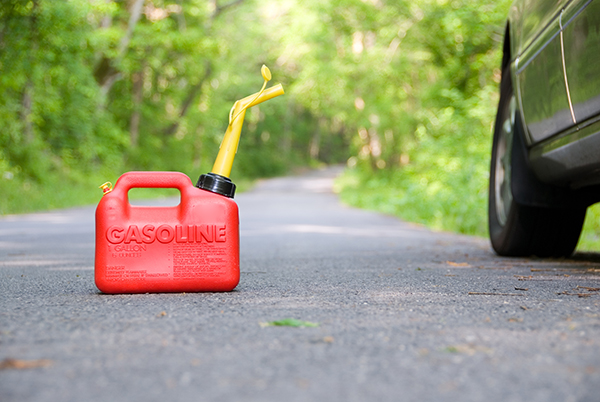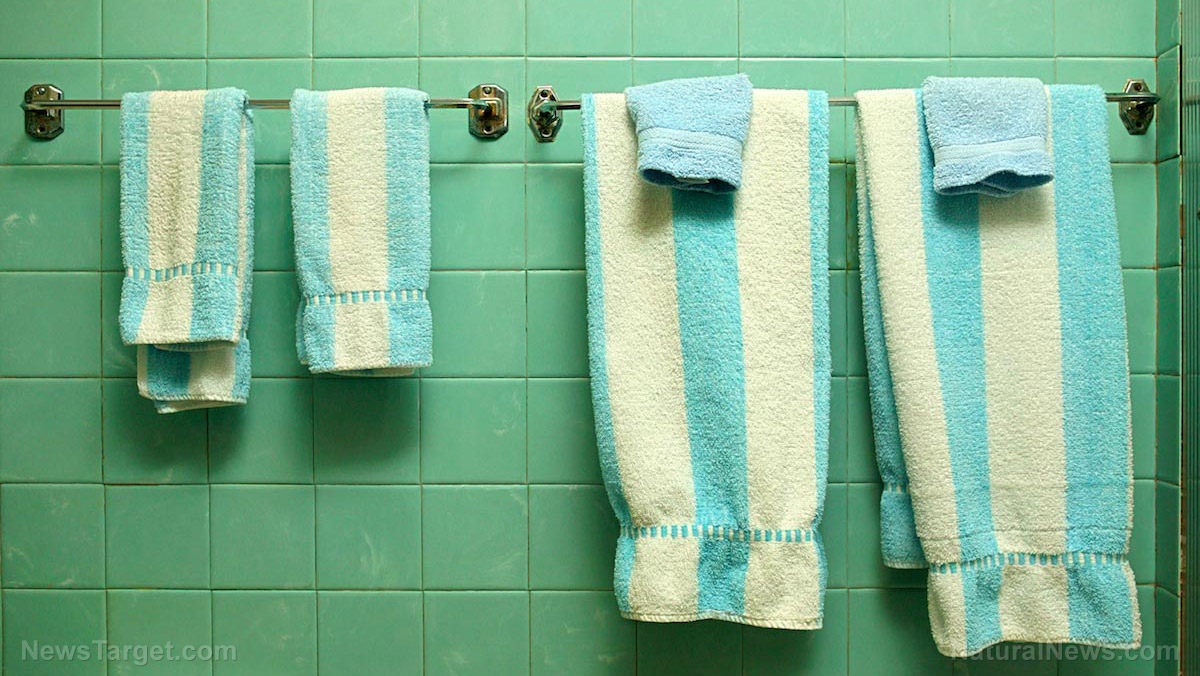
In a grid-down scenario, preppers make good use of their resourcefulness. Here are some ways to keep cool without electricity. (h/t to SHTFPlan.com)
Sustainable ways of keeping cool
High temperatures may lead to discomfort, dehydration and even heat stroke. This is why it's important to know how to keep cool when the air conditioning fails.
Solar-powered attic fan
One of the best sources of power is sunlight. A solar-powered attic fan can keep your house cool while preventing humidity. A 40-watt cooler costs around $175. This can cool off spaces of up to 2,200 square feet. (Related: Stay cool without electricity: New “radiative sky cooling” system may prove useful for preppers.)
DIY solar-powered cooler
If you don't have the budget for a solar-powered attic fan, you can improvise with a DIY solar-powered cooler. It's simple, effective and a great sustainable method of cooling your home.
This portable air conditioner works by letting cold water flow through a bucket, cooling a window screen and dissipated by a fan. (h/t to SurvivalLife.com)
Materials:
- 5-gallon bucket
- Window screen, black plastic (minimum 24" x 76")
- Fan (a computer fan also works)
- Cooling pad, or filter material
- 1/4" aquarium tubing
- Clamp
- Fountain pump
- Pushpin
- Solar panel (optional)
(Note: A fountain pump is a device that spouts up water in a pond or aquarium.)
Tools:
- Yardstick
- 1-2" hole saw
- Marker
- Razor tool
Instructions:
- First, fill the bucket with 2 gallons of water.
- Next, cut holes around the bucket well above the waterline. Then, vertically drill sets of two holes, spacing each pair every 5-6 inches. These holes should be around 1.5 inches in diameter. Between these pairs, drill a single hole, 2 inches in diameter.
- Next, cut the cooling pad. It should be 13-14 inches high, and about 30-31 inches in circumference. This is roughly the measurement of the bucket.
- Then, take a regular window screen (or a garden cloth) and layer it between the bucket and the cooling pad. This will help keep the moisture of the cooling pad away from direct contact with the air holes.
- Next, trace the circular edge of the fan on top of the lid and cut.
- Then, place the fan in the hole. It should fit nicely in the cooler without falling through.
- Next, place the fountain pump at the bottom and connect the aquarium tubing. Wrap the tubing around the bucket, and at top of the bucket. Clamp off the end of the hose to prevent the water from leaking out.
- To turn this into a soaker hose, pin along the length of the hose, about every inch around the diameter of the hose. This will saturate the cooling pad.
- Finally, connect the fan to the solar panel. Your portable air conditioner should cool your air by 15-20 degrees, depending on how cold the water is. You can add some ice for cooler air.
If you want to use this DIY air conditioning while camping, you can add a 90-degree piece of PVC pipe and dryer vent hose to isolate the air.
Hang up wet sheets
Back when civilizations had no electricity, people kept their homes cool by hanging wet sheets. Damp sheets or towels hung around the house -- even on the headboard of your bed -- can cool through evaporation.
Open the windows
Open your windows once the sun starts to set to let cooler air in the house. You can keep them open well into the night, but consider your location and level of security before doing this, especially if you're living in the city or suburbs.
Use curtains or blinds as cover when the sun starts coming in through the windows. You can use reflective window panels if it gets too hot.
Plant trees
Planting trees is a long-term solution for keeping the air around your property cool. Big trees provide natural shade and fresh air. If you start right now, you can enjoy the benefits of growing trees after a few years.
Plant the trees in locations around your property that receive direct sunlight, especially during summer.
You should also learn how to spot heatstroke in humans and pets, so you can take the necessary actions in case one occurs. Learn more about keeping cool the prepper way at Preparedness.news.
Sources include:
Please contact us for more information.























